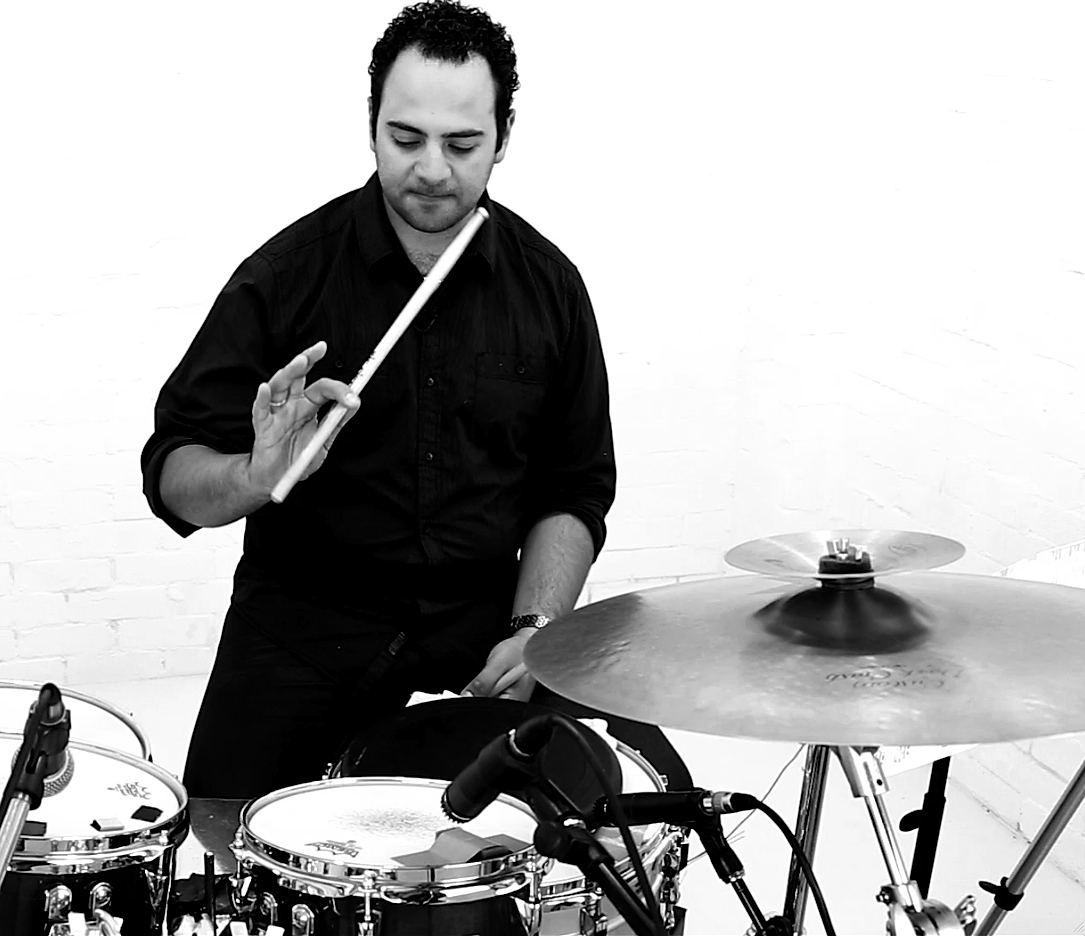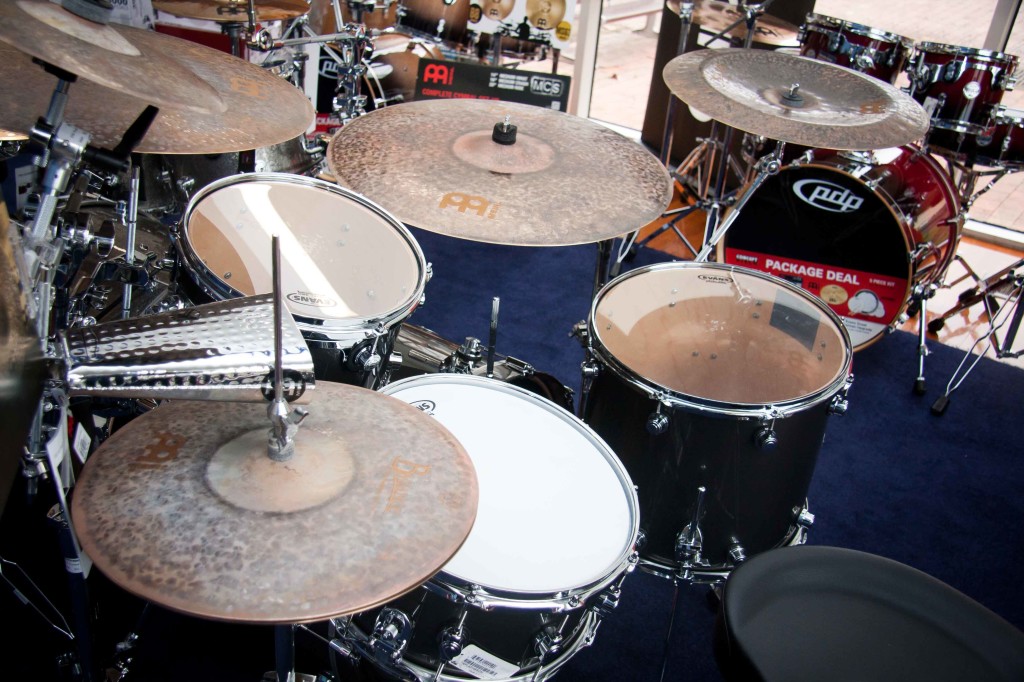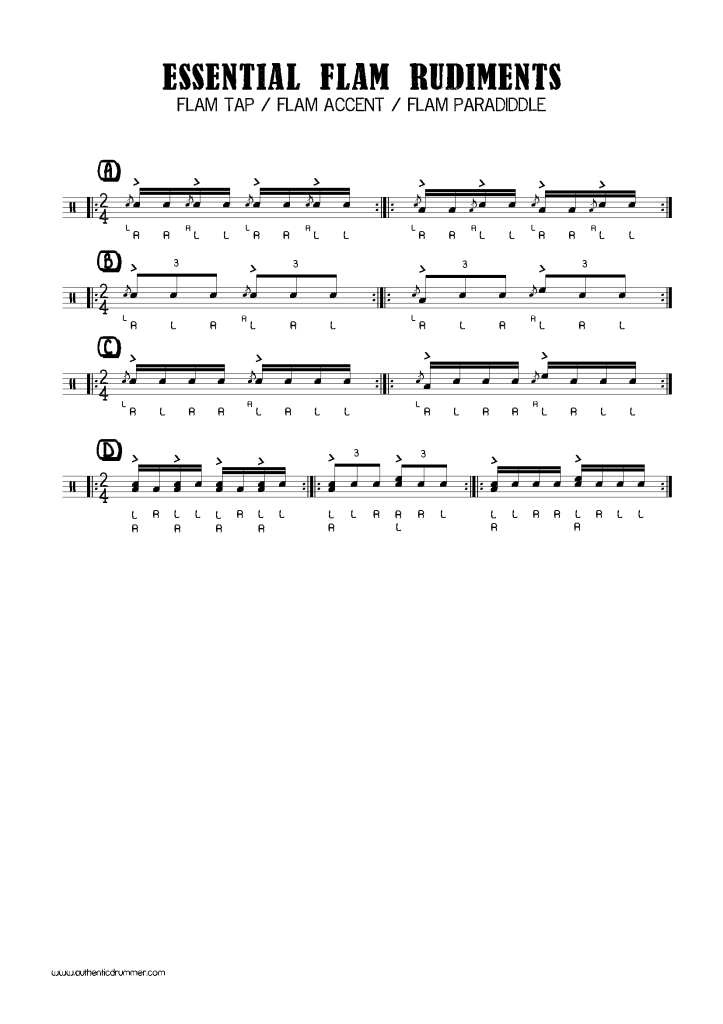

Often overlooked for being boring on the surface, the flam rudiments, whilst having that traditional ‘military’ type sound do have some hidden talents that when explored further can create new possibilities on the drums – all he while developing the hands tremendously.
This article is going to deal with three essential flam rudiments – The Flam Tap, the Flam Accent and the Flam Paradiddle. This trio are really challenging to execute well but when you have the hang of it, they seamlessly appear in your everyday playing and you’re technique is all the better for it.
Firstly, the flam itself is played by playing two strokes at essentially the same time. However, by having one stick starting at a lower height to the other results in the stroke almost striking at the same time. The sticks hit the drum ever so slightly apart but not that detached to be written as separate rhythm. In fact, the flam grace note, although most often written as an eighth note does not have its own rhythmic value in performance. A flam is still just counted as if it were one note on it’s own.
Let’s look at the Flam Tap (Fig A). Essentially it’s a double stroke roll (RR LL RR LL) with a flam at the start of each double stroke. When analysed and you look at the sticking including the grace note you actually end up playing three strokes per hand instead of the two from the double stroke. The second bar of figure A shows the flam tap with the hands split over the snare and floor tom. This is a good way to begin experimenting with the rudiment. The flam tap turns a less exciting double stroke roll fill into something more interesting.
The flam accent (Fig B) is one of my favourites. The rudiment is triplets played with single strokes with the flam at the start of each triplet. If we analyse it, we also have three strokes per hand at some stage through the bar. Taking it further, we move the accented notes to the toms – right hand on floor tom and left hand on the rack tom – keeping the non-accented notes on the snare drum. When played correctly, it actually sounds like the non-accents are continuous while the accents happen at the same time. A very clever rudiment with many applications.
Our last rudiment is the flam paradiddle (Fig C). As the name suggests, it’s an accented single paradiddle (RLRR LRLL) with flams on the accents. This is another multiple stroke rudiment. In fact, there ends up being four strokes per hand meaning this is probably the most challenging to get up to speed. Moving the accents to the toms shows another application where the non-accents are basically continuous 16th notes on the snare whilst the accents appear on top. Very cool when you get it happening.
Figure D displays all three rudiments as ‘flat flams’. This is where you don’t apply the slight space between the grace note and accent and do play the two strokes at the same time. This is most applicable and feels most comfortable when using the toms. Practice slowly and evenly, experiment when you’re up to it and check out all the other flam rudiments too!
GRAB THE FREE PDF BELOW!


Leave a reply